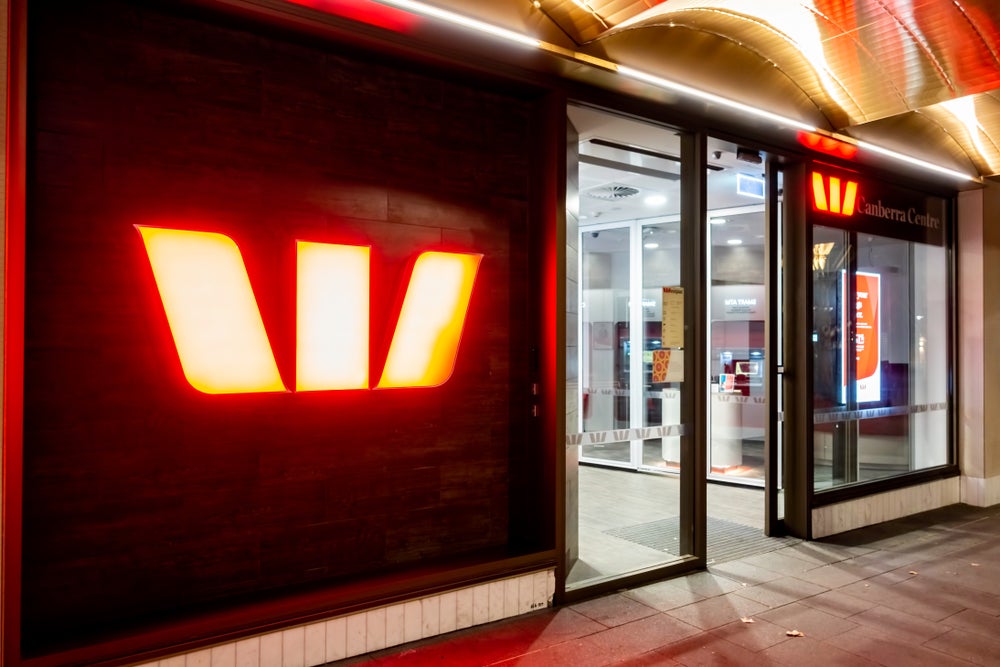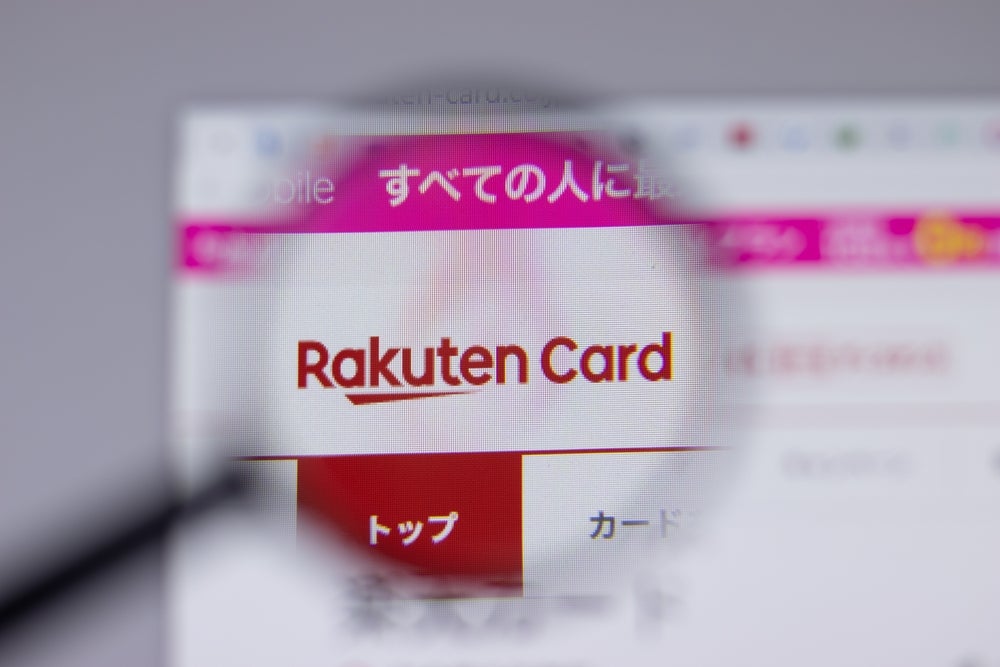Private-label and store cards occupy an
increasingly important space within the field of card payments, and
despite retailers’ concerns over economic and consumer conditions,
many still regard private-label offerings as fundamental to their
overall growth strategy. Victoria Conroy reports.
Private-label and store cards are now a central
business strategy component for many retailers and remain a major
focus for some of the world’s largest payment card players,
including GE Money, HSBC and others. Not only do they provide an
additional revenue and fee stream for the retailer (and issuer),
they also act as a loyalty-strengthening tool by ensuring increased
sales and footfall. Typically, they also charge higher rates of
interest than standard credit cards, although regulators in the UK
in particular have heavily scrutinised pricing practices and are
taking a much harder line than before.
worldwide, 2007 saw further consolidation of private-label
operations, following on from previous mega-deals such as Citi’s
acquisition of the Sears card portfolio. However, the uncertain
economic outlook may yet impact on private-label and store card
operations over 2008 due to weakening consumer confidence and a
diminishing well of credit from which to fund acquisitions.
GE’s potential divestment
In December 2007, GE, one of the world’s largest private-label
players, announced that it was exploring sale and partnership
options for its US credit card business, Retail Consumer Finance,
as part of a broader update to investors on the strategy and
performance of GE Company. If GE were to divest its private-label
operations, it would have enormous implications given the
pioneering role that private-label has played in GE Money’s history
– the Retail Consumer Finance unit has an estimated $30 billion in
managed assets on the back of partnerships with major retailers
such as Wal-Mart, eBay and Gap. As of the end of 2007, GE Money,
Citi and HSBC Retail Services owned just over 80 percent of US
private-label retail card receivables, up from 68 percent in
2003.
the US will have a negative impact on GE Money’s earnings, which
will likely slow to a 5 percent growth rate in 2008, in stark
contrast to 2007. According to US payment consultancy First
Annapolis, possible buyers or partners for the private-label
business would include large US banks with existing credit card
franchises that have managed to insulate themselves to a degree
from the US subprime mortgage fall-out. International banks in the
UK and Canada with a relatively nascent US card presence are
logical suitors, as are other international players seeking US
entry.
considered entry into the private-label market over time, but the
business case is challenging without a platform or clients with
national scale, both of which are characteristics of GE’s business.
What will likely be the prime consideration for any suitor is the
future value of the earnings tied to portfolios under contract with
retailers.
store card markets? In the UK, GE’s store card business has a
market share of over 50 percent with a market valuation of around
£1.5 billion ($2.8 billion). GE’s UK retailer partnerships include
Debenhams, Topshop, House of Fraser and Dorothy Perkins. GE would
have added impetus for exiting the UK store card market, given the
regulatory scrutiny by bodies such as the Office of Fair Trading
and the Competition Commission.
How well do you really know your competitors?
Access the most comprehensive Company Profiles on the market, powered by GlobalData. Save hours of research. Gain competitive edge.

Thank you!
Your download email will arrive shortly
Not ready to buy yet? Download a free sample
We are confident about the unique quality of our Company Profiles. However, we want you to make the most beneficial decision for your business, so we offer a free sample that you can download by submitting the below form
By GlobalDataDecline of store cards
In May 2007, it was announced that UK store card customers would be
warned on their monthly account statements that better deals could
be found elsewhere if their card carries a rate of 25 percent or
higher. The move followed an investigation by the Competition
Commission in 2006, which found that APRs on store cards were on
average 10 percent to 20 percent higher than on standard credit
cards. GE was one of the store card providers heavily criticised by
regulators for such a practice. At the time, it was estimated that
there were around 11 million store card accounts in the UK and
approximately two-thirds of the cards on offer breached the 25
percent threshold.
measures will likely reduce the profitability of the UK store card
market, in tandem with falling numbers of store cards in use. In
2002, there were 17.5 million active store card accounts.
major retailers indicate a gloomy outlook for consumer spending in
2008. Home Depot, the US’s second-largest retailer after Wal-Mart,
reported that fourth-quarter 2007 earnings fell 27 percent, with
sales falling 2.1 percent to $77.3 billion – the company’s first
annual sales decline. Nordstrom’s fourth-quarter earnings fell 4.4
percent to $2.5 billion, with the company forecasting that sales
would continue to struggle throughout 2008. Target reported that
fourth-quarter same-store sales rose 0.2 percent while revenue was
$19.9 billion, a small 0.8 percent increase from $19.7 billion in
2006.
were $2.85 billion, compared with $2.79 billion in fiscal year
2006, the latter of which included an extra selling week. Total
revenue for the year increased 6.5 percent to $63.4 billion,
fuelled by new store expansion, a 3 percent increase in same-store
sales and contribution from its credit card operations. However,
this was not enough to stop Target being downgraded by Citigroup
analysts, who said that the retailer was suffering from an
increased credit risk with its credit card portfolio.
private-label offering, has grown steadily over previous years,
driven by its Visa credit card, which boosted receivables by 14
percent in the first half of 2007 compared with the same period in
2006. For Target’s fiscal quarter ending 4 August 2007, operating
profits from credit rose 34 percent over the same quarter in 2006.
Credit accounted for more than one-third of Target’s overall 11
percent increase in operating profits for the quarter. And for the
fourth quarter of 2007, Target’s credit card business contributed
$137 million in pre-tax profit, up from $122 million during the
same period last year.
sharply by 67 percent to $170 million. Since February 2006,
Target’s troubled accounts have risen at a pace faster than the
industry average. Target’s $7 billion portfolio comprises around
18.4 million cardholders and, in different market conditions, would
have represented a prize for major issuers such as Citi or JPMorgan
Chase which have previously snapped up retailer card
portfolios.
put its card portfolio up for sale earlier, having announced in
August 2007 that it wanted to weigh the ownership of its credit
card receivables against other possible ownership structures. At
the time of CI going to press, Target said that the review of a
possible sale of the credit card business had not yet been
completed.
Switch to third-party issuers
Target, and the subsequent interest expressed in its card
portfolio, exemplifies how the private-label credit card market has
seen control of card portfolios gradually shift from being operated
in-house by the retailer to third party issuers. In 1999, US
private label issuers’ share of the store credit card receivables
market was 45 percent – by 2004, on the back of major deals such as
Citi/Sears, JPMorgan Chase/Federated Department Stores and others,
that figure had risen to 85 percent. At the end of 2006, the
completion of these portfolio conversions meant that private-label
credit card issuers had increased their market share to 92
percent.
of operating and administrating their own card operations so that
they can focus on their core business of selling to customers. This
approach has enabled retailer cards to be more innovative in terms
of reward and loyalty programmes, often cited as the main
enticements for prospective customers. Private-label cards often
offer bigger rewards relative to the amount of spending they
generate than do credit or debit cards – in the US, it is typical
for private-label cards to offer significant discounts off the
initial purchase with the card, often 10 percent or more. In
certain cases, private-label cards come with rewards points and 0
percent financing.
are less stringent in terms of credit scoring, enabling the
retailer to access a pool of customers who might have been turned
down for standard credit cards, although this too is something of a
double-edged sword, as it also increases credit risk.
benefits for both issuers and retailers, but amid a rapidly
consolidating market, and an uncertain economic and funding
environment, issuers are now looking towards organic growth. This
has led to a significant shift in retailers’ card strategies, with
an ever increasing number opting to replace closed-loop store cards
with co-branded credit cards, not just in heavily saturated markets
but also in emerging ones.
provision of store cards has mostly given way to bank issuers being
chosen as outsourcing partners, handling all aspects of card
provision, administration and customer service. Retailer co-branded
cards are taking a bigger slice of the overall UK credit card
market, with the likes of Marks & Spencer, John Lewis, Tesco
and Sainsbury’s all offering co-branded cards.
credit cards are that they tend to come with lower costs of
customer acquisition plus a sharing of commission and fees with
retailer partners. Co-branded cards are helping to increase
in-store sales alongside targeted in-store marketing campaigns and
the utilisation of retailer staff to promote and sell cards to
customers.
less financial credit risk, although some retailers issue their own
co-branded offerings via their own in-house banks.
Australia in February, when Australian department store chain David
Jones selected American Express as its partner for a credit card
joint venture. Australia’s A$37 billion ($34 billion) credit card
market has been growing at an average rate of 18 percent per annum
over the past decade. But unlike the situation in the US, the
Australian market is underdeveloped in consumer co-branded credit
cards, according to the company. The deal will involve the transfer
of the retailer’s $400 million store card receivables to American
Express and the development of the David Jones-branded American
Express card in time for the Christmas trading period in
2008.
operator Woolworths announced plans for a credit card venture with
UK issuer HSBC. The announcement came just a few months after
Woolworths acquired rival store chain Coles for $20 billion, which
also has a strong private-label card offering of its own.
Woolworths processes 114 million credit card transactions at its
checkouts each year, or 11 percent of all credit card transactions
in Australia.
in France, following the decision last year by Groupement des
Cartes Bancaires to allow co-branding on CB cards with non-bank
brands. The largest players in the French private-label market are
Cetelem, Sofinco and Cofinogo, and these three have issued around
30 million private-label cards. Major French retailer Carrefour
offers network-branded cards through its own proprietary bank, a
model that Wal-Mart of the US is emulating following the 2005
launch of the Wal-Mart Discover credit card by GE Money on the
Discover Network. In 2007 this was followed up by Wal-Mart’s launch
of the Wal-Mart Money Card, a prepaid offering in conjunction with
GE Money.
still popular in France, as evidenced by the June 2007 roll-out of
a private label loyalty card by Crédit Agricole subsidiary Finaref
for men’s fashion department store Madelios. This marked the first
time that Finaref has issued a card linked exclusively to a single
store. However, the card can be used more widely, since it is
‘interoperable’, meaning that it can be used to pay for purchases
from most other retailers offering a card managed by Finaref,
including Fnac, Printemps, Surcouf and La Redoute.
Continuing consolidation likely
Overall, despite difficult economic conditions, a number of factors
are likely to support continuing consolidation in the private-label
and store card market, particularly as credit risk becomes a
pressing concern. Major card issuers often have the risk management
and data management skills that retailers lack.
that partitioning of the private-label cards business between
marketing and back-office functions is a more efficient way of
running a private-label programme. It remains to be seen whether
the traditional model of the closed-loop, single-store loyalty card
gives way completely to the co-branded route, but there is little
doubt that private-label and store cards will remain a significant
part of the overall credit card market for the foreseeable
future.







